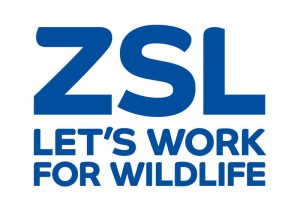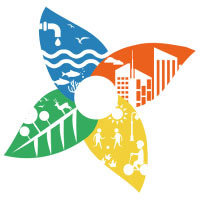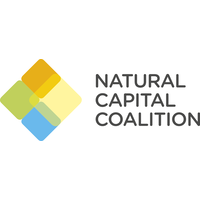These guidelines were originally developed in February 2020 by a consortium of 20 UK-based organisations, as a letter to the President of CoP26, Alok Sharma, to encourage adoption of the guidelines by other Parties to the UN Framework Convention on Climate Change (UNFCCC).
In May 2020 the guidelines were adopted by the Together With Nature campaign, a call to corporate leaders to commit to four principles for investing in nature-based solutions. For a detailed explanation of why these guidelines are needed, with full references, see the open-access peer-reviewed article “Getting the message right on nature-based solutions for climate change”. The guidelines are designed to inform the planning, implementation and evaluation of NbS projects; in order to meet the guidelines, practitioners should set goals and quantitative targets relating to each guideline, monitor progress towards these targets using comprehensive metrics, and use adaptive management to improve outcomes. The guidelines are intended to be complementary to the more detailed IUCN Global Standard for Nature-based Solutions.














